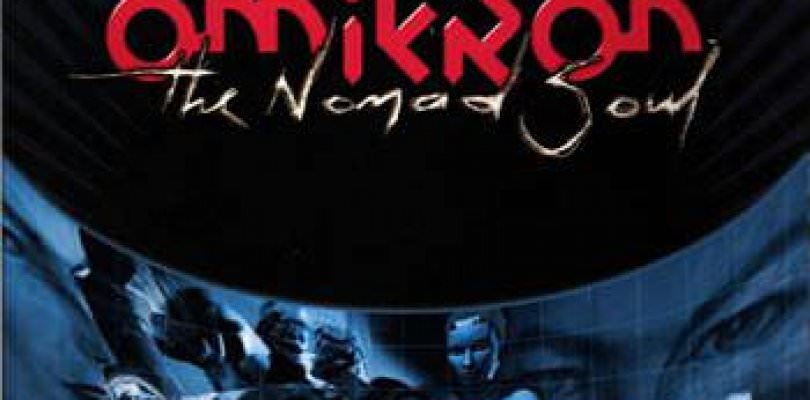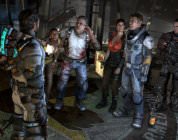By now, everyone who has a PS3 has likely heard of Quantic Dream and their awesome games. This wasn’t the case before Fahrenheit released. Before Quantic Dream made a name for itself, David Cage made a little game called Omikron: The Nomad Soul (titled The Nomad Soul in Europe). The game is, to this day, the only game I know of to blend the FPS, Fighting, Open World/Adventure, and even Puzzle genres into one game. The main genre of the game is open world/adventure, with the other genres appearing during relatively small parts of the story as it progresses.
The game was originally released to Windows and Dreamcast. There were PlayStation and PlayStation 2 versions in development, but were canned after the commercial failure of the DreamCast version. One of the main features in this game is the possibility to reincarnate in a different world character upon the death of the one you “incarnated” in. However, doing so results in all character stats resetting prompting the gamer to fight in tournaments or buy more potions to jot stats back up.
The Nomad Soul is set in a futuristic city known as Omikron, which is a densely populated metropolis on the world of Phaenon, the second planet of the star Rad’an. At the start of the game, players are asked by an Omikronian police officer named Kay’l 669 to leave their dimension and enter Omikron within his body (thereby breaking the fourth wall). After doing so, players continue with the investigation of serial killings that Kay’l and his partner Den were originally working on, attempting to pick up where Kay’l was apparently stopped from investigating. The city of Omikron exists beneath an enormous crystal dome, which was constructed to protect against the ice age that Phaenon entered into after its sun’s extinction. The city is split into different sectors: Anekbah, Qalisar, Jaunpur, Jahangir and Lahoreh. Because it is forbidden for the inhabitants to leave their respective sectors, each area has developed uniquely, which is reflected by the diverging lifestyles and architecture. Common to all Omikronians, however, is the heavily oppressive and controlling government, which is run by a supercomputer called Ix.
David Bowie, who had some input on the storyline and game’s design, makes two cameo appearances within the game, although not as himself; first as Boz, a game character who’s a revolutionary wanted by authorities, and secondly as the nameless lead-singer of the fictional musical group, “The Dreamers”, who perform illegal concerts in Omikron. In addition, select tracks from his (then) upcoming ‘hours…’ album were written specifically for the game then rewritten for the actual album release. For instance, the intro song New Angels of Promise changed the chorus lyric Omikron to Suspicious Minds.
The game’s soundtrack is a main feature as well, featuring songs by Bowie and Reeves Gabrels (most of which appeared on ‘hours…’ or as B-sides on the associated single for the song “Thursday’s Child”) in addition to the primary composition work by Xavier Despas. Most of Bowie’s songs are then available (in-game only) for later listening either if the player opts to “buy” the recordings or simply walk into an apartment that already has some of the music laid out in plain view or in hidden compartments. Bowie’s wife Iman also makes a cameo as one of the numerous Omikronian citizens the player can “reincarnate” into.






